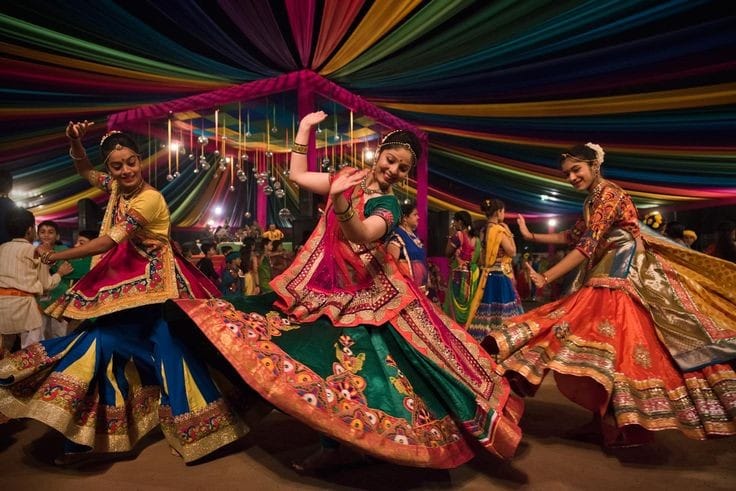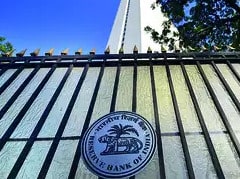India is a land of diverse cultures, traditions, and festivals. Each festival is unique, celebrated with great enthusiasm, and has its significance. Festivals in India not only hold a religious and cultural significance but also contribute significantly to the country’s economy through the promotion of tourism.
India’s tourism industry heavily relies on the festive season, and the festivals provide a perfect opportunity for tourists to experience the country’s vibrant culture, traditions, and cuisine. The country attracts millions of tourists every year, and the festive season plays a significant role in attracting visitors.
One of the major festivals celebrated in India is Diwali, the festival of lights. Diwali is celebrated in October or November, and it is a five-day-long festival. It is an occasion for family gatherings, the exchange of sweets, and the lighting of diyas (oil lamps). The festival is celebrated with great enthusiasm throughout the country, and many tourists visit India during this time to witness the grand celebrations.
Similarly, the festival of Holi, celebrated in March, is another major attraction for tourists. The festival is known as the “festival of colors,” and people throw colored powder and water at each other to celebrate. Holi is celebrated with great zeal in cities like Mathura, Vrindavan, and Barsana, and attracts a large number of tourists every year.
The festival of Durga Puja, celebrated in West Bengal, is another major attraction for tourists. The festival is celebrated to honor the goddess Durga, and it is a five-day-long festival. The streets are decorated with colorful lights, and pandals (temporary structures) are erected to house the Durga idols. Tourists from all over the world visit West Bengal during this time to witness the grand celebrations.
The Pushkar Camel Fair is another famous festival in India that attracts tourists from all over the world. The fair is held in the town of Pushkar in Rajasthan and is a five-day-long celebration. The fair is famous for the trading of camels, and it is also an occasion for music, dance, and other cultural activities.
Apart from these festivals, there are several other festivals celebrated in India that attract tourists from all over the world. The Kumbh Mela, the largest religious gathering in the world, is held every twelve years in four different locations in India, attracting millions of tourists. The Jaipur Literature Festival, held annually in Jaipur, is another major attraction for literature enthusiasts.
Festivals in India not only provide a glimpse into the country’s rich culture and traditions but also generate significant revenue for the tourism industry. The government has recognized the importance of festivals in promoting tourism and has taken several measures to promote and market them. Several initiatives have been taken to improve infrastructure, provide better facilities for tourists, and organize cultural events to attract more visitors.
In conclusion, festivals in India play a significant role in promoting tourism in the country. They provide a perfect opportunity for tourists to experience the country’s vibrant culture, traditions, and cuisine. The government’s efforts to promote and market festivals have resulted in an increase in tourist arrivals, contributing significantly to the country’s economy.










